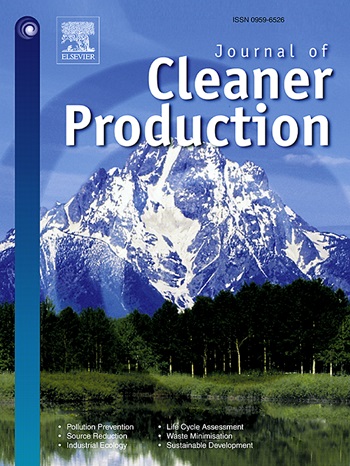A multi-objective optimization decision-making methodology for fostering synergies in the water-energy-food nexus
IF 9.7
1区 环境科学与生态学
Q1 ENGINEERING, ENVIRONMENTAL
引用次数: 0
Abstract
Current decision-making methods within the water-energy-food nexus (WEFN) encounter challenges in practicality, portability, scalability, and accuracy. Optimization methods, integrating site-specific data, offer promise for achieving desired outcomes and enhancing practical decision implementation within WEFN systems. However, these methods still struggle with solving multi-objective and multi-constraint problems, poor performance, and decision-making difficulties. This study developed an optimization method for WEFN systems, which integrates an evolutionary algorithm, swarm intelligence algorithm, multistage evolutionary algorithm, and post-optimization theories to address these issues. Performance results demonstrated that the proposed algorithm outperformed traditional metaheuristic optimization algorithms. Specifically, it excelled in tackling high-dimensional constrained problems, surpassing the classical NSGA series algorithms with a 1.34-fold improvement in the comprehensive performance metric HV. Subsequently, this algorithm combined with knee point post-optimization theory was applied to a typical arid region known for food and energy production. Compared with the business-as-usual scenario, the optimized schemes enhance agricultural benefits, saving 13.3 billion m3 of water over the entire planning period. Meanwhile, sustainable energy implementation would yield potential carbon emission reduction benefits of around 2.8 billion CNY. In summary, the proposed method would successfully provide a paradigm for the synergetic decision-making of WEFN systems.

促进水-能源-粮食之间协同作用的多目标优化决策方法
当前水-能源-粮食关系(WEFN)中的决策方法在实用性、可移植性、可扩展性和准确性方面遇到了挑战。整合特定地点数据的优化方法有望在水-能源-粮食关系网系统中实现理想结果并加强实际决策的实施。然而,这些方法在解决多目标和多约束问题、性能低下和决策困难等方面仍存在问题。为解决这些问题,本研究开发了一种针对 WEFN 系统的优化方法,该方法集成了进化算法、群智能算法、多阶段进化算法和后优化理论。性能结果表明,所提出的算法优于传统的元启发式优化算法。具体来说,它在处理高维约束问题方面表现出色,在综合性能指标 HV 上超越了经典的 NSGA 系列算法,提高了 1.34 倍。随后,该算法与膝点后优化理论相结合,被应用于以粮食和能源生产著称的典型干旱地区。与 "一切照旧 "方案相比,优化方案提高了农业效益,在整个规划期内节水 133 亿立方米。同时,可持续能源的实施将产生约 28 亿人民币的潜在碳减排效益。总之,所提出的方法将成功地为水环境网络系统的协同决策提供一个范例。
本文章由计算机程序翻译,如有差异,请以英文原文为准。
求助全文
约1分钟内获得全文
求助全文
来源期刊

Journal of Cleaner Production
环境科学-工程:环境
CiteScore
20.40
自引率
9.00%
发文量
4720
审稿时长
111 days
期刊介绍:
The Journal of Cleaner Production is an international, transdisciplinary journal that addresses and discusses theoretical and practical Cleaner Production, Environmental, and Sustainability issues. It aims to help societies become more sustainable by focusing on the concept of 'Cleaner Production', which aims at preventing waste production and increasing efficiencies in energy, water, resources, and human capital use. The journal serves as a platform for corporations, governments, education institutions, regions, and societies to engage in discussions and research related to Cleaner Production, environmental, and sustainability practices.
 求助内容:
求助内容: 应助结果提醒方式:
应助结果提醒方式:


